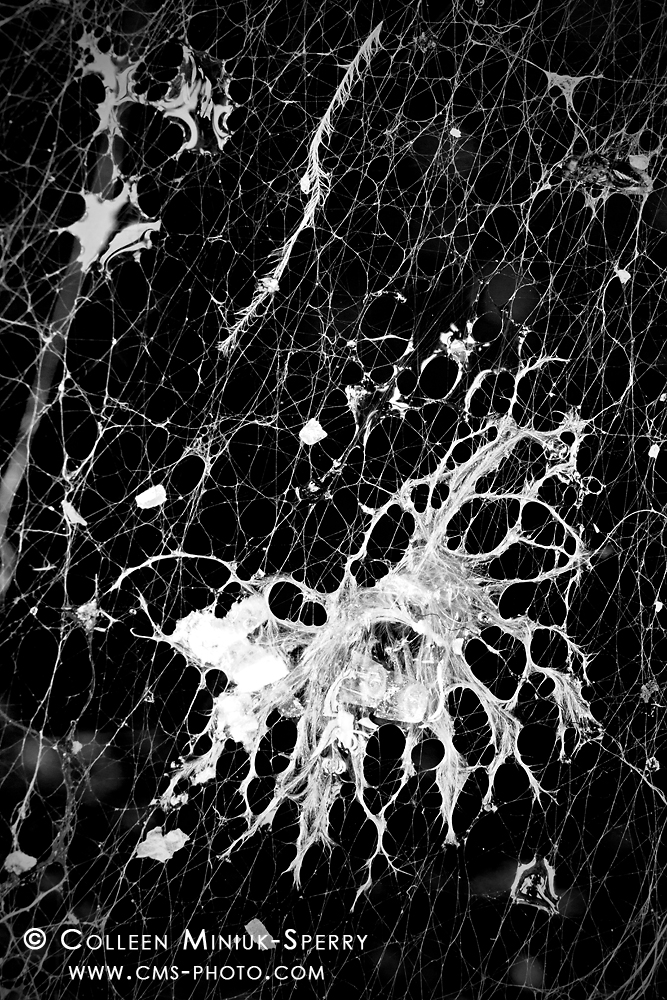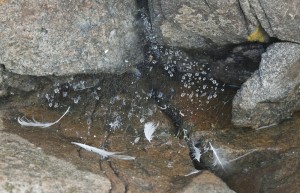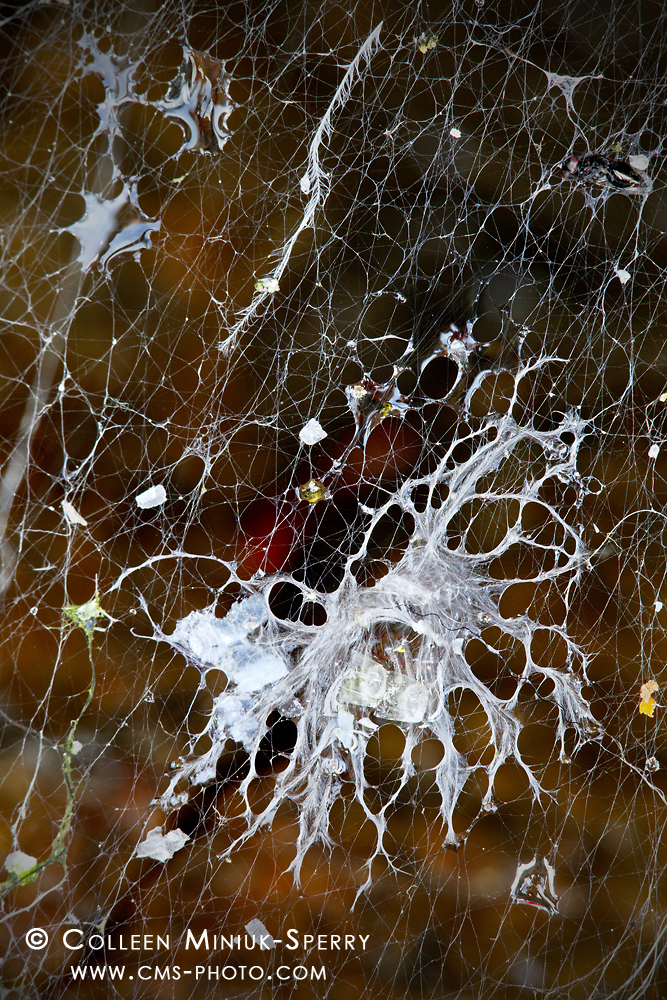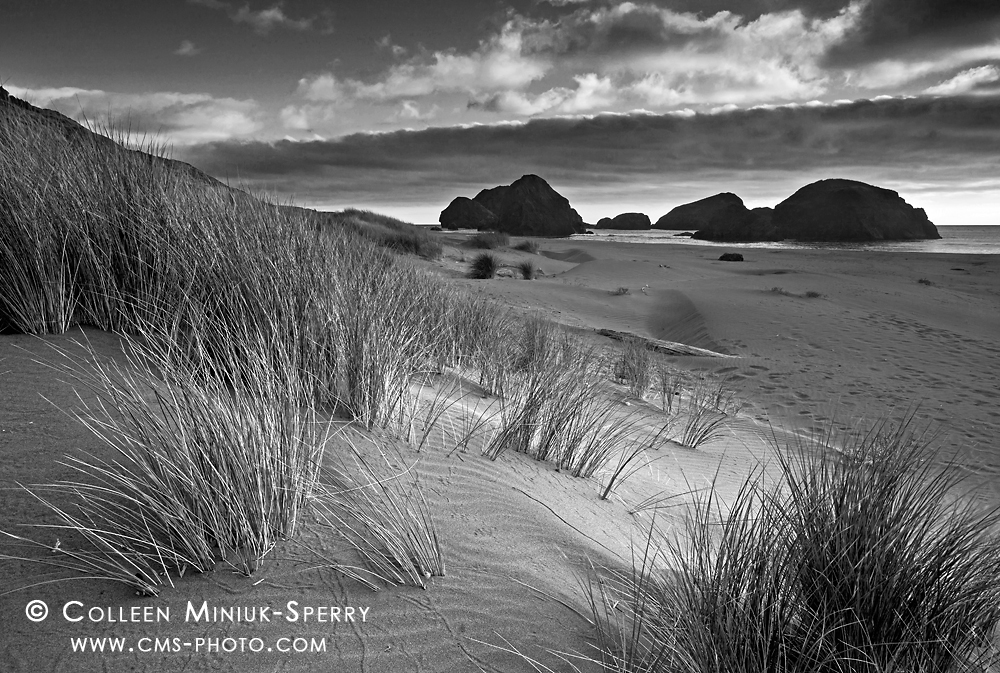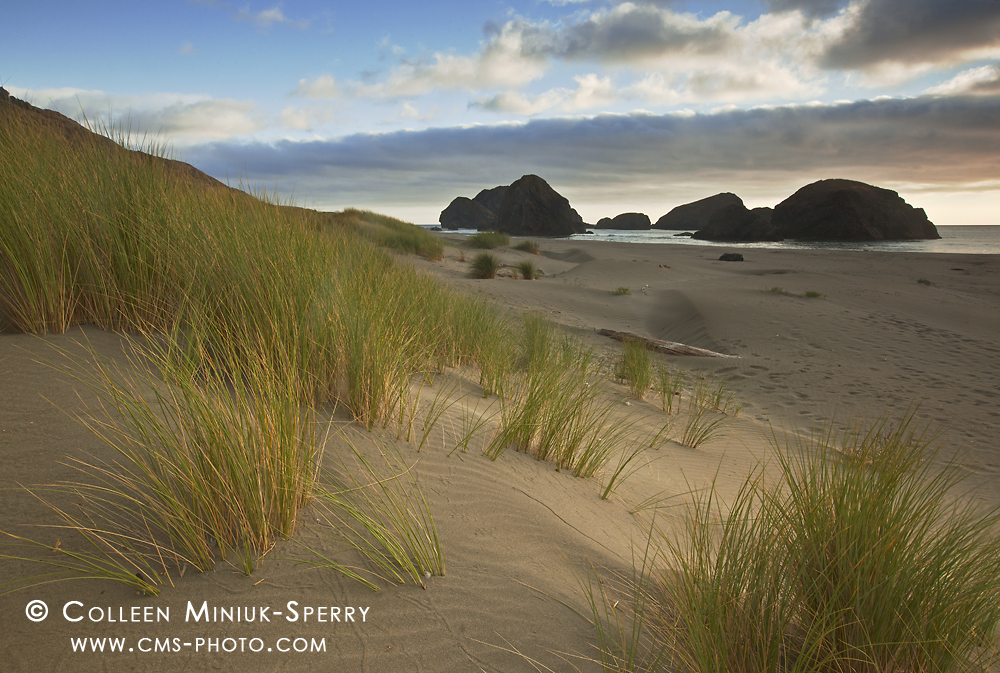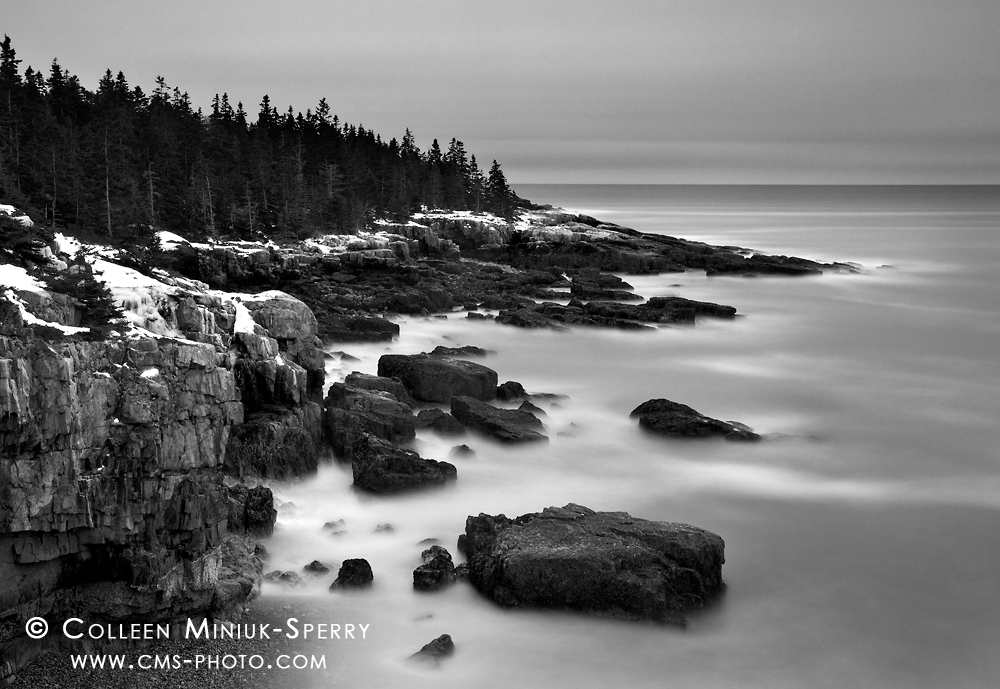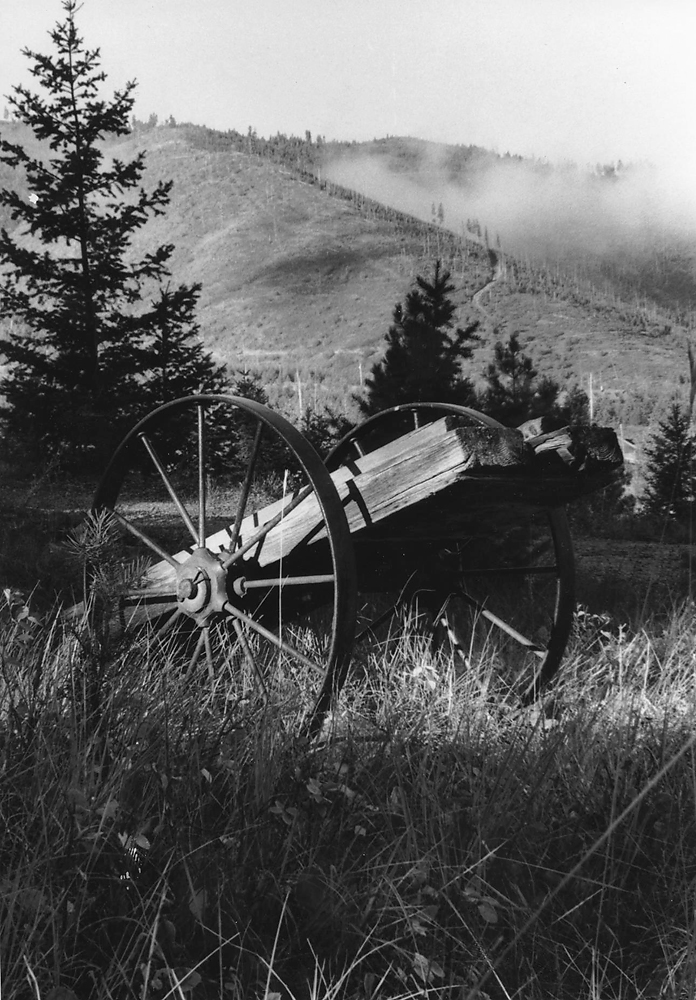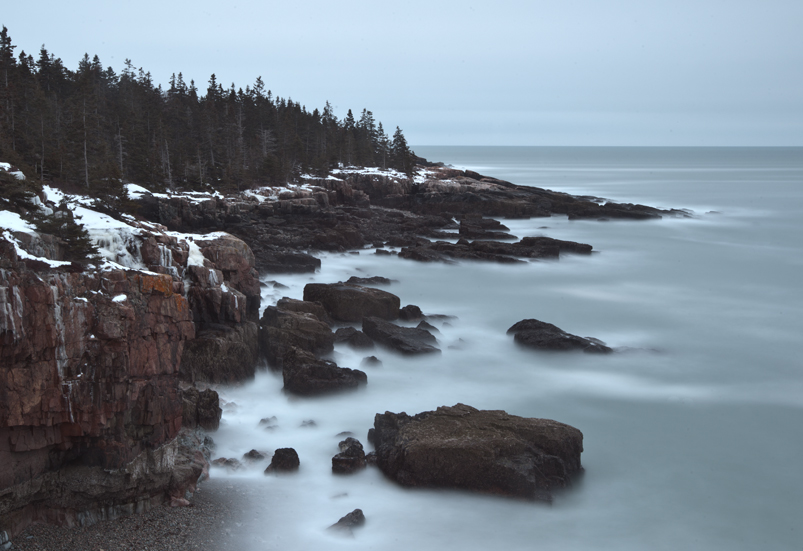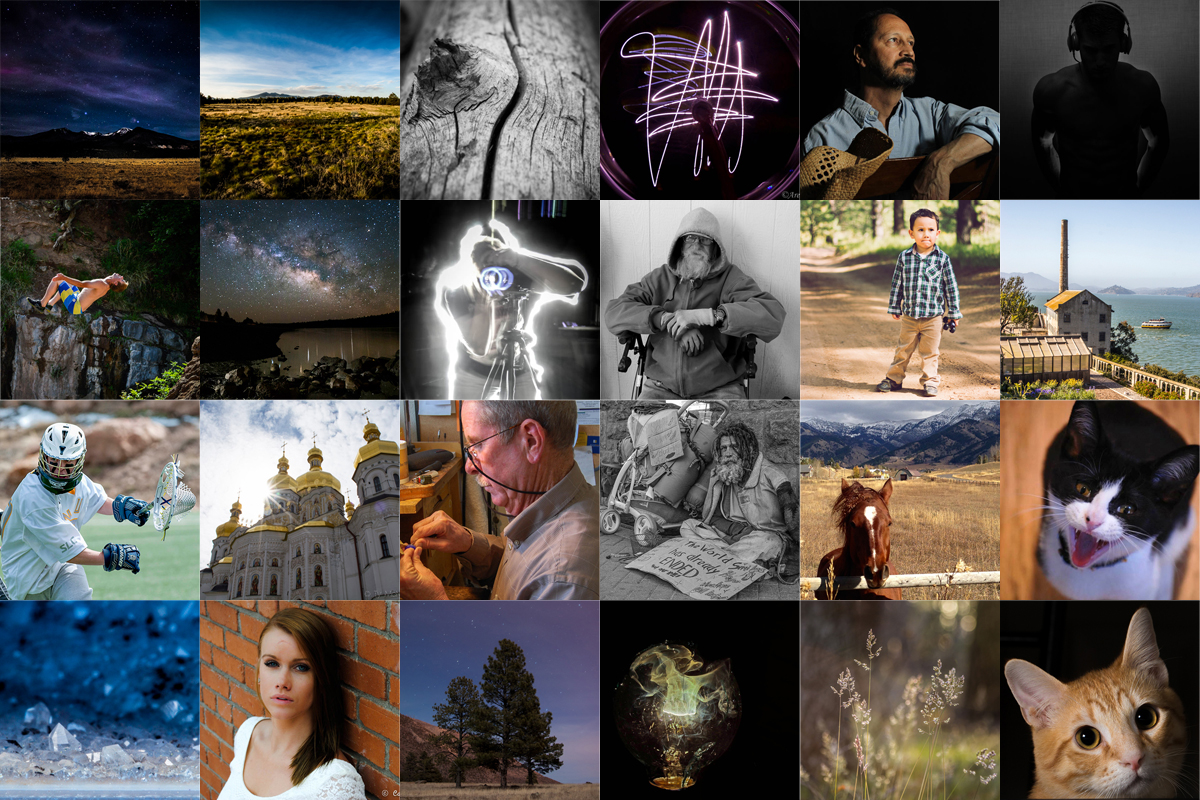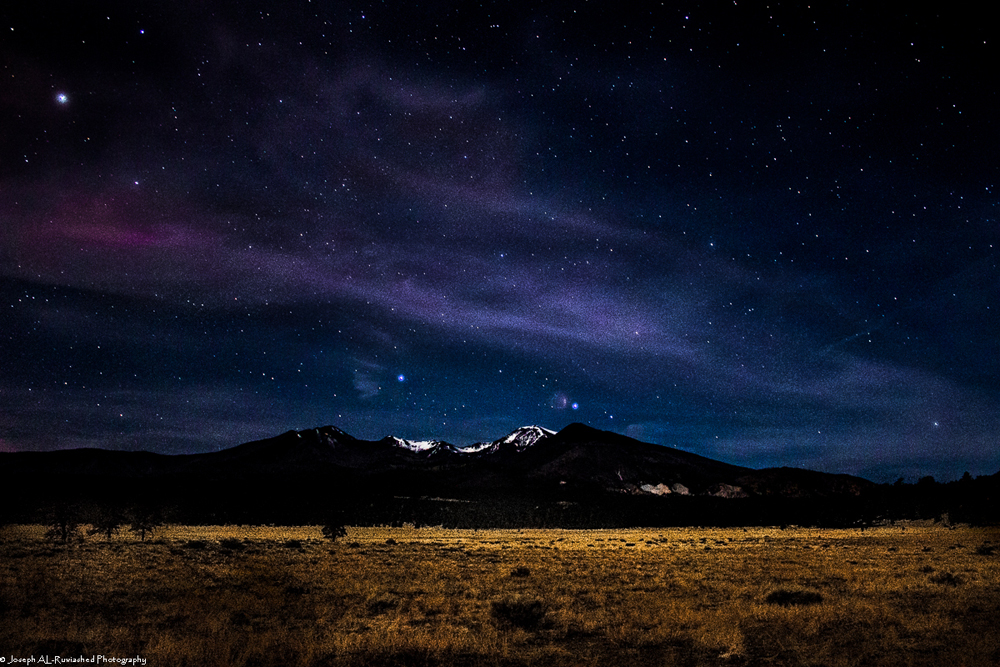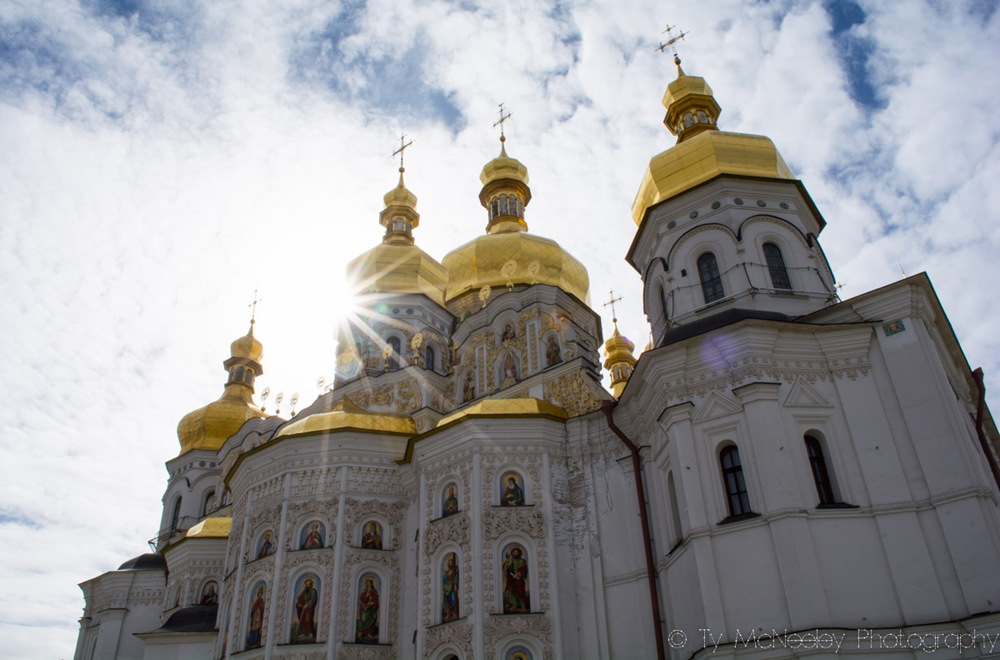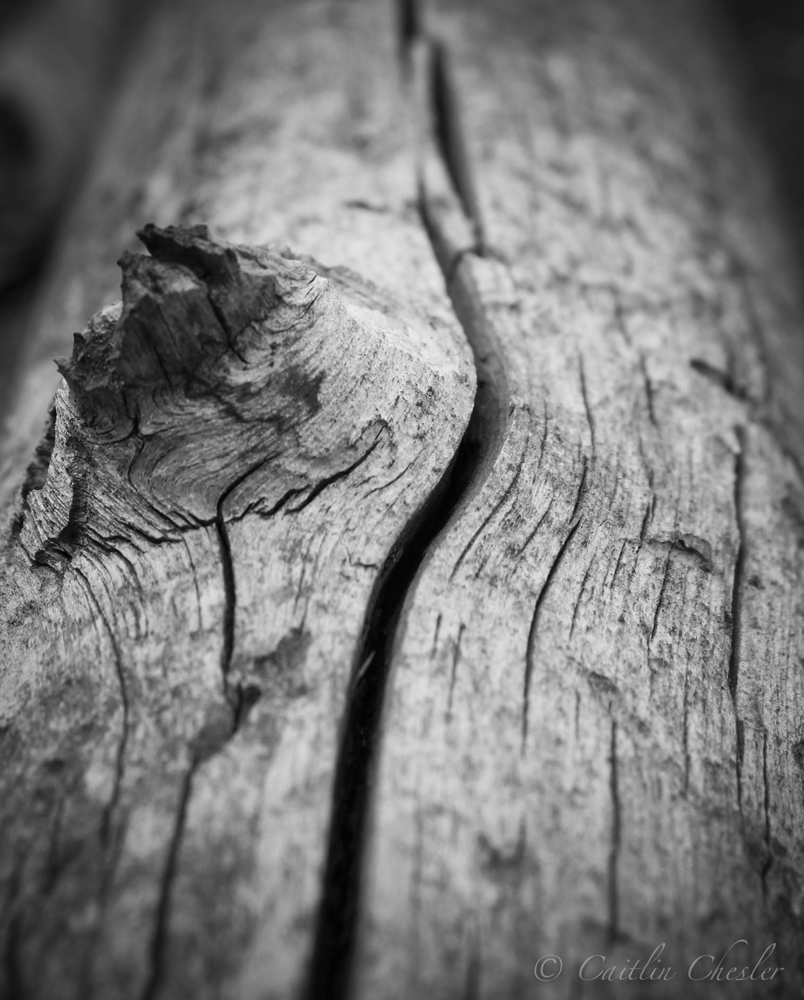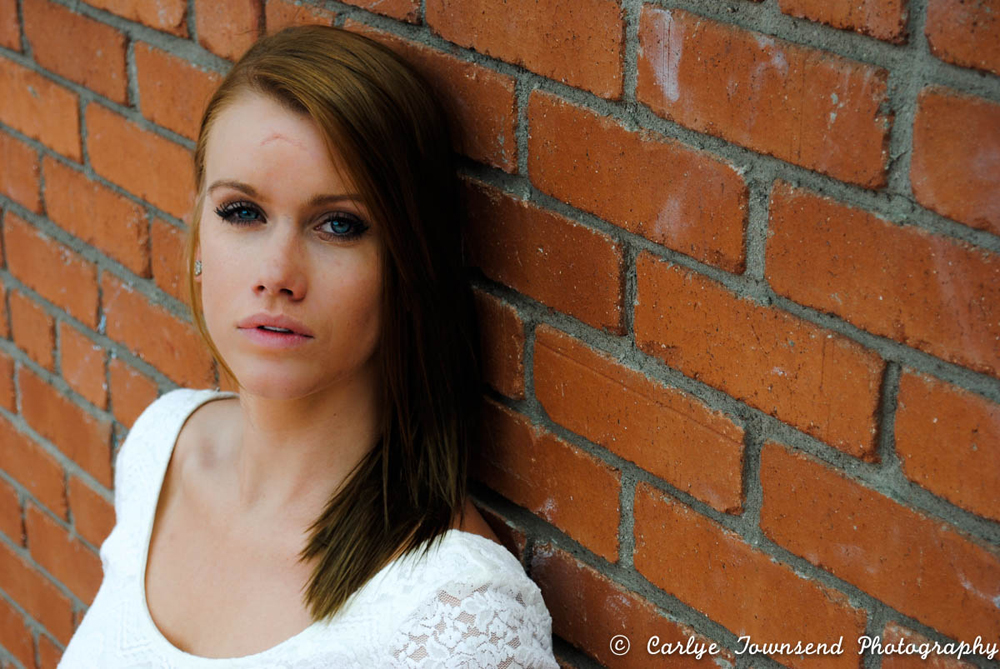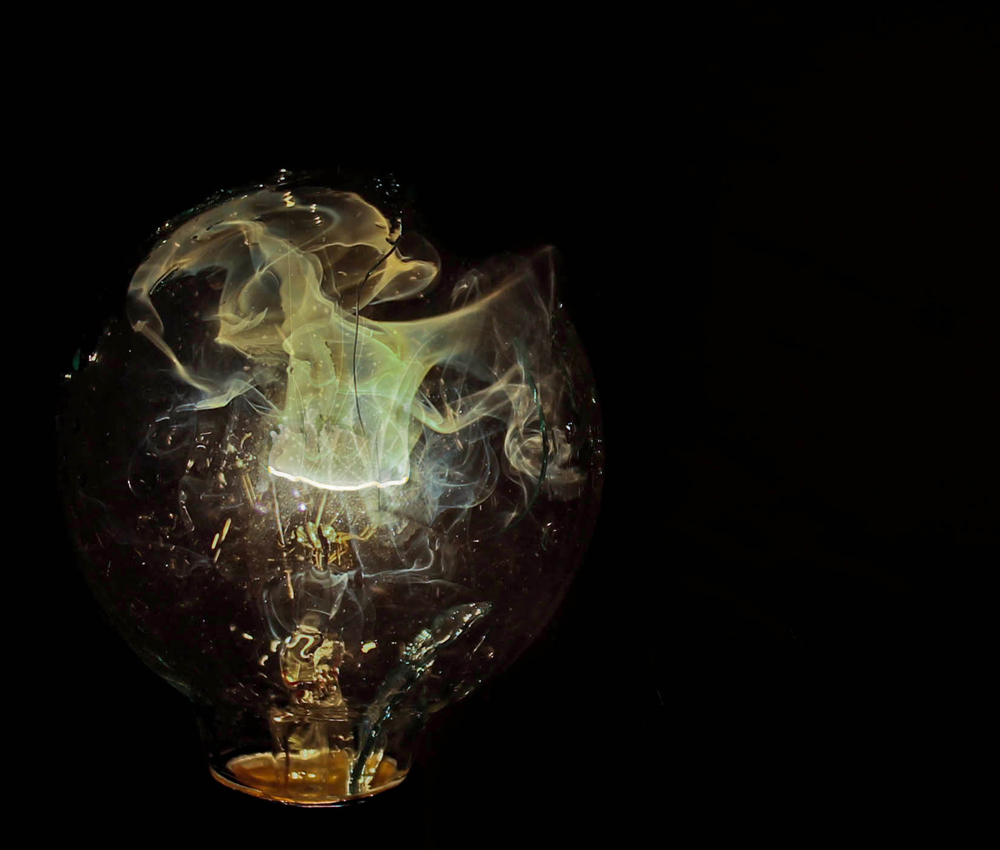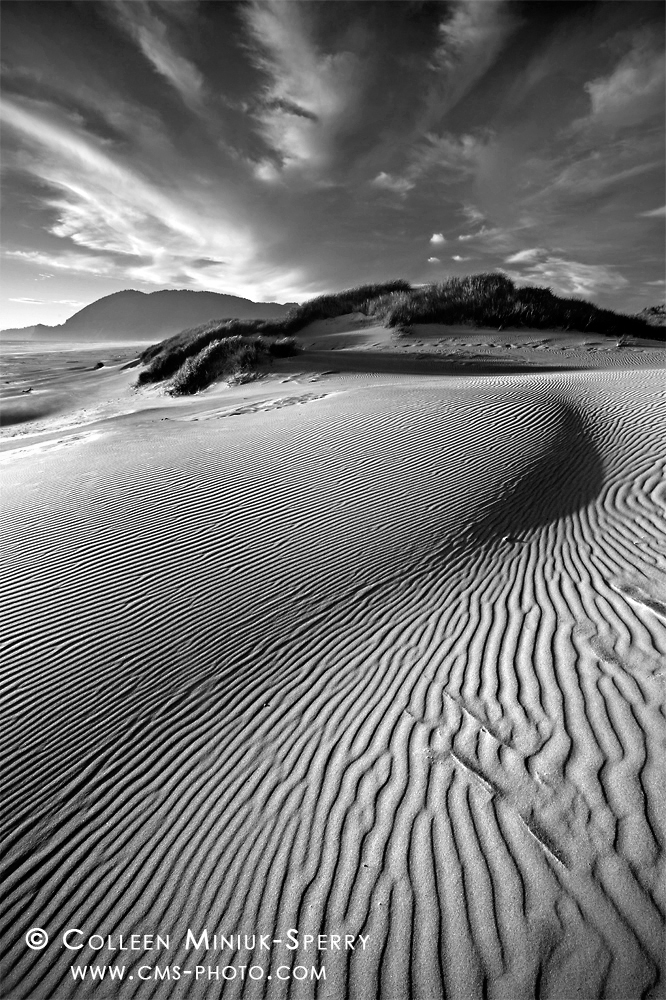
Day 4: “Spellbound by Sand.”Sand dunes in wind-swept patterns on the beach at Nehalem Bay State Park, Oregon (Prints available for purchase – click on photo to order yours!)
After seeing how much texture the black and white conversion brought out in my Day 2 Black and White Challenge submission, “Down by the Sea“–and liking it!–I decided to try dropping the color out on other Oregon coast shots I had made. I dug up a few photos, including a vertical image called, “Spellbound by Sand” (some might recognize its horizontal sister image, “The Constancy of Change“) from my wanderings at Nehalem Bay State Park from two summers ago:
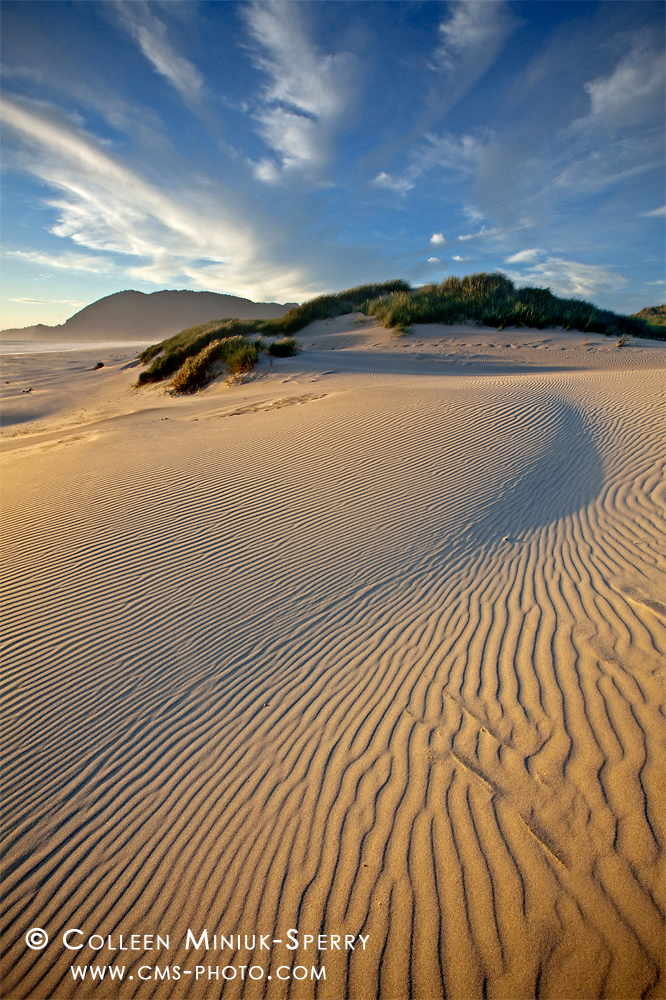
The original color version of “Spellbound by Sand.” (Prints available for purchase – click on photo to order yours!)
With the setting sun approaching the horizon, the light and shadows seemed to literally dance across the sand dunes. The howling and unrelenting wind added to this effect, of course (and kept the area free of footprints!). Focused on emphasizing this perception, I positioned my tripod about waist-high and pointed my wide-angle lens (i.e. 16mm) down towards the dunes. The distorted perspective allowed me to seemingly elongated the lines in the sand and to fill the frame with my primary subject.
To maximize my depth of field, I used an f/16 and focused at the hyperfocal distance for my lens and aperture setting (i.e. 2.82 feet away from my camera, according to the DOF Master, dofmaster.com). At an ISO speed of 100, a shutter speed of 1/10th second resulted. Knowing if I exposed for the land, the sky would appear overexposed and blown out (and if I exposed for the sky, the land would appear underexposed and too dark), I placed a three-stop graduated neutral density filter over my lens to hold back light in the sky.
Before snapping the shutter, I followed the dominant lines around my frame, taking great care in ensuring the lines did not lead the eye out of the frame. As I shifted a little to the left, then a little to the right, and then settled in on a composition I liked, I noticed the strongest lines originate from the bottom left corner, travel to the small mound off to the right near the middle, and then push into the explosive-looking sky. I knew from the moment of capture, this photograph possessed a great deal of energy given the lines in the sand and the backdrop Mother Nature provided in the clouds. I liked that the image conveyed how I felt about the scene – in words, an emphatic and enthusiastic “WHOOHOO!”
When I experimented with converting the image into a monochromatic one, the black and white format transformed into a trippy–almost spastic!–mesmerizing optical illusion. If you look at it long enough, the sand looks as if it’s moving! In post-processing, I increased the contrast in the sand to amplify the effect even more so. Like my Day 2 photograph, “Down by the Sea,” the monochromatic treatment emphasized the alternating highlights and shadows in the foreground and created a greater feeling of dimension to the final image.
Which version do you prefer: the black and white or the color image? And why? Leave me your thoughts in the Comments section below. I’d love to hear from you.
There are a whole slew of tremendously talented photographers working primarily in black and white. One of those is my buddy, Chuck Kimmerle. Chuck already completed the Black and White Challenge by sharing some lovely work. But I think he might have gotten off this challenge too easy (since he works almost exclusively in monochrome). With a little twist on the assignment, I challenge Chuck to post five COLOR photographs over the course of five days.
On to Day 5 tomorrow!
~Colleen

